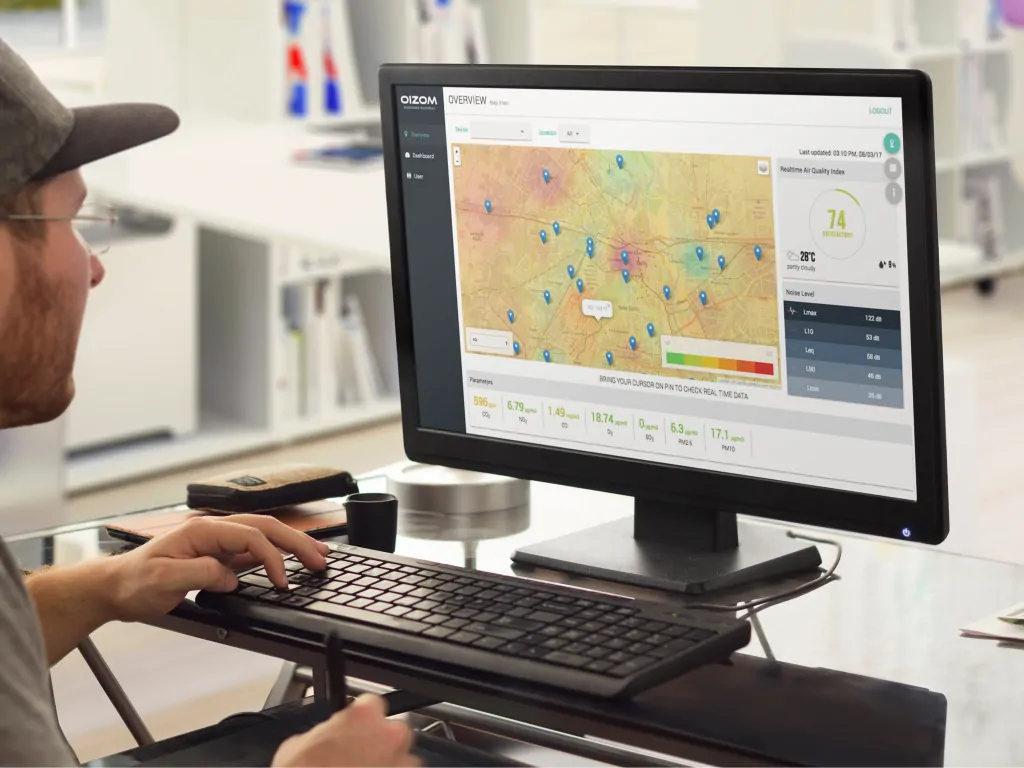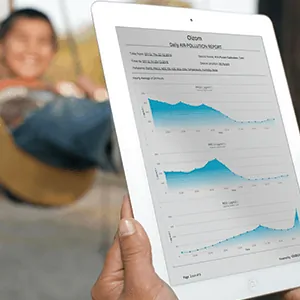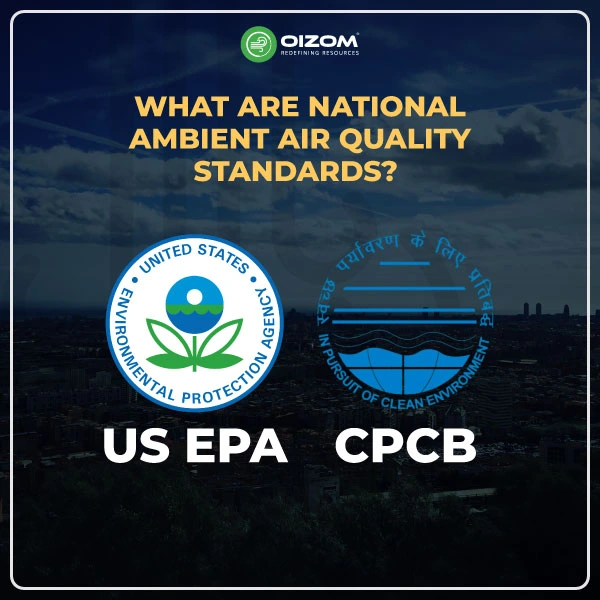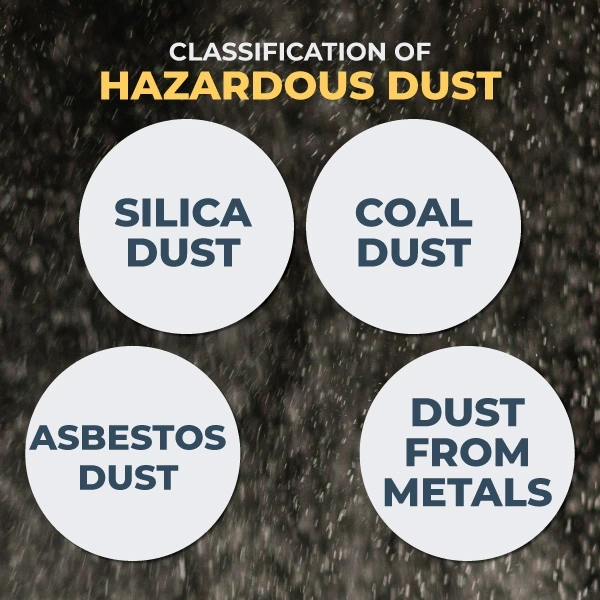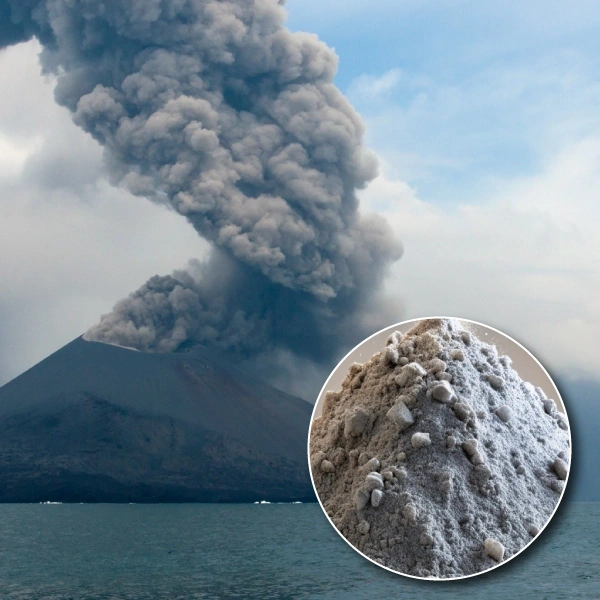The definition of data is any type of information, statistics, or facts collected for research and analysis. In a very dynamic domain such as Environmental Monitoring where the climate or ambient air quality conditions are dependent on multiple variables, environmental data collection is of utmost importance. It is through this environmental monitoring that scientists/researchers will be able to provide answers to problems related to deteriorating environmental conditions. This will in turn help in making informed decisions and analyze new insights backed by scientific data.
In the current scenario, You look at the internet for the environment data but don’t find sufficient data to analyze the change. That’s an environmental data vacuum – the absence of environmental data.
Why is that?
Environmental data is generated through environmental monitoring. And the data scarcity is due to insufficient ambient monitoring for collecting enough data and processing it to generate useful information. Of course, we have weather stations installed at strategic locations, but they only monitor weather parameters like temperature, atmospheric pressure, humidity, wind speed, wind direction, and precipitation amounts for weather prediction and forecasting. They do not provide information about pollution – their concentration, sources, and distribution, and hence, the need for environmental monitoring.
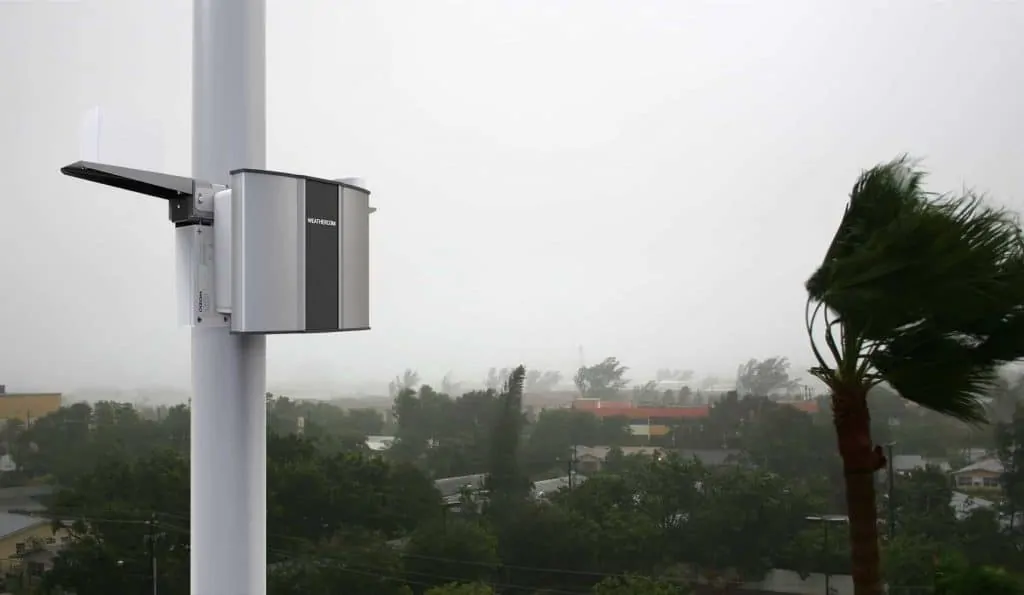
There is a consistent need for reliable information to establish baselines, make projections and validate them against observed changes, and identify potential threats as early as possible. When we say environmental data vacuum, one might think it may be due to one of the following reasons:
- Absence of raw data
- Inability to convert raw data to useful formats for decision-making
- Proper means to disseminate the information publicly
But there’s more to the data deficiency. It might be possible that the data does not reach the concerned community, even if it has been accessed and analyzed. Here are some of the reasons for the lack of environmental data:
Monitoring Time
Ambient monitoring is a continuous process. The measuring variable may vary over time and distance with changes. The change in concentration and variable trends is gradual and hence requires more time for identification. Prolonged monitoring can distinguish pollution trends from temporary fluctuations, which is difficult as most environmental resources have high variability. Continuous monitoring is essential to bridge the data gaps often caused by infrequent events. Incomplete data can hamper environmental assessment and may bias the results of the monitoring program.
Cost
It is the major reason for the absence of environmental monitoring. Before the discovery of low-cost air quality sensors, environmental monitoring cost was significantly higher due to huge monitoring devices, technology, and limited service providers in the market. This slides down the monitoring lower into the priority list of the governmental and private institutions. The budget for the monitoring is often limited, so it’s a big challenge to decide and plan on spending it strategically.
Ignorance
This is one of the main reasons for the present environmental data vacuum. Environmental monitoring has gained importance very recently. It has been ignored for a long time until global warming became a burning topic. Sheer negligence towards the environment for large-scale developments led to a lack of environmental data. This becomes critical for the current situation when pollution has reached high levels, and environmental monitoring is just getting started with insufficient historical data for comparative study.
Effective Monitoring
Effective monitoring requires an adequate system to collect enough relevant environmental data. Programs must measure the right variables at the right scale and sufficient levels. An ineffective monitoring system may not provide correct data, which can render the whole monitoring campaign useless or can lead agencies to ignore critical environmental problems. This can be a result of a lack of technical knowledge about environmental monitoring and how different variables interact, and therefore whether one variable is a good proxy for another. It may occur due to undefined goals and lack of clarity, which may lead to the adoption of inappropriate variables for measurement.
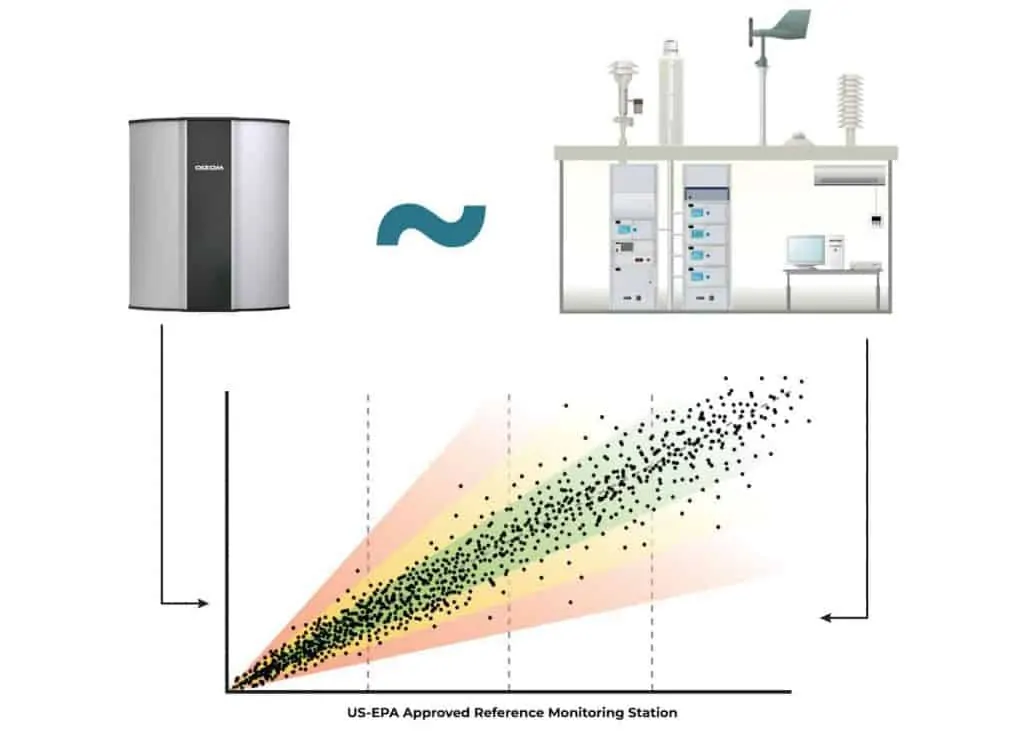
There may be a few challenges in the monitoring system and network – measurement errors and detection limits, deployment of monitors at proper locations, and detecting the change.
Scale
It may be difficult to assess the exact monitoring scale. Determining how much to monitor is challenging because the variables of interest are subject to spatial distribution and dynamism as per changing weather conditions. The geographic scale proposed by the monitoring agent may not match the optimal scale for monitoring. This may leave the agency unable or unwilling to conduct adequate monitoring and pose a problem in obtaining fine-grained data. The exact scale will depend on the resource being monitored and the purpose of monitoring.
Technical Hindrance
In most cases, environmental data is present in abundance but is still inaccessible. These data are generally procured for specific purposes, like regulatory compliance. But the lack of proper information propagation channels and technologies renders these data unusable. Lack of network and communication protocols, partners, training, resources, etc. limit the utilization of data. This information barrier can be due to managerial, administrative, technical, and socio-economic-political.
Political and Administrative Barriers
Administrative barriers pertain to program design, planning, and the development of procedures. Barriers like lack of a standard approach to data collection, downsizing, resource shortages, and insufficient support for ongoing education, and training may restrict environmental monitoring.
In most cases, it is difficult for common people to obtain information on the surrounding environment. A commercial muscle in many communities prevents access to data that may harm the image or even the existence of a company that releases hazardous substances.
Lack of Environmental Education
The environment is everyone’s responsibility. Lack of environmental education had made people oblivious to climatic changes for a long time and hence, the importance of monitoring. Environmental education is more than information about the environment. It allows individuals to explore environmental issues, engage in problem-solving, and take action to improve the environment. Individuals, thus, develop a deeper understanding of environmental problems and have the skills to make informed and responsible decisions.
These gaps need to be identified and addressed to harness environmental monitoring programs fully. Solving the technological, institutional, political, and legal challenges is not easy and needs serious commitment and more stringent actions. Failure to consider these challenges increases the chances that a monitoring program will fail and thus will affect decision-making.
Fortunately, environmental awareness has already started gaining attention worldwide. Two factors that contribute majorly to the initiation of environmental inventory are technology and public participation. Recent technological developments have offered compact, low-cost environmental sensors that have made monitoring quite affordable and effective. These sensors also have the potential to monitor a wide range of variables automatically and analyze the data and convert the data to useable formats.

Common people are now aware of the climatic changes happening and are more responsible. They want to know statistical data about their surroundings, which compels the authorities to explore and expand their monitoring campaigns.
Oizom is an Environmental IoT company. We offer end-to-end solutions using our environmental data monitoring systems and analytical capabilities. Oizom has designed and developed Environmental Data Analysis Software/Web applications for detailed environmental analysis and visualization. This comprehensive solution allows the authorities and stakeholders to make informed decisions to study air quality and design action plans for the improvement of air quality.
